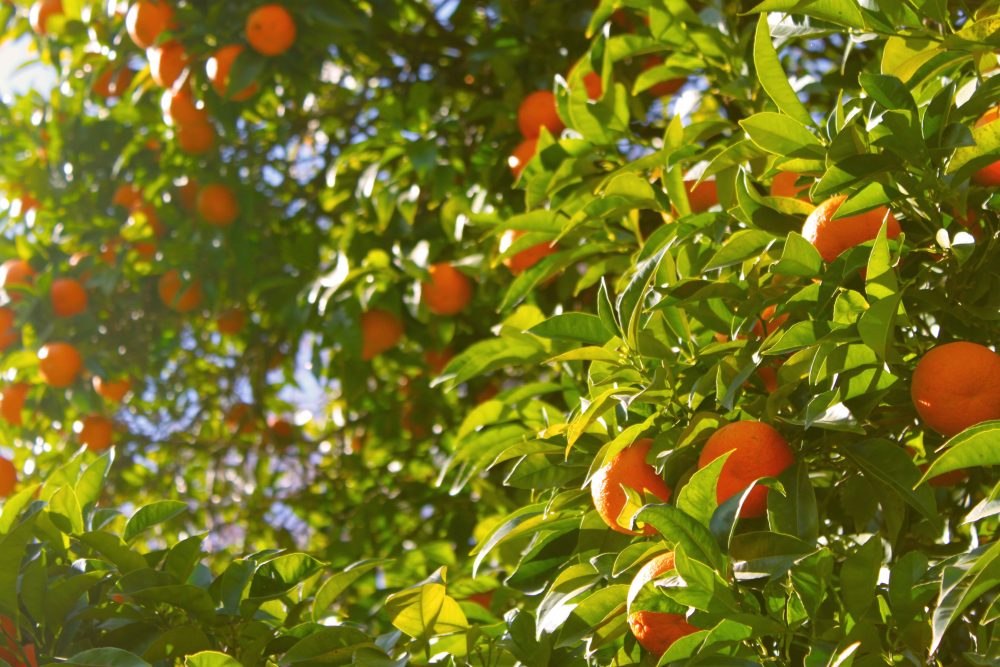No End in Sight for Stopping Huanglongbing Disease
Millions Spent to Fight Huanglongbing, with No Cure
By Mikenzi Meyers, Associate Editor
The California citrus industry—made up of 3,500 growers in Ventura, Riverside, and the San Joaquin Valley, and encompassing 70-75 packing houses—is an agricultural facet that continues to make California a fresh citrus powerhouse. Joel Nelsen, President and CEO of the California Citrus Mutual, spoke to California Ag Today recently on the industry-wide issue of Huanglongbing Disease—a deadly disease that has threatened the industry in every part of the state.
“For our industry, it’s a combination of enthusiasm, unity, frustration, and aggravation because we continue to fight the spread of the disease in Southern California.”
“We’re continually frustrated because science has not yet found a cure. We’ve given the scientific community an average of thirty to forty million dollars a year to find a cure for this disease.”
In a recent study done by the University of California, Riverside, economic outputs of the citrus industry is roughly $7 billion.
“It’s an economic engine for certain parts of this state. Lose it, and it’s not a positive alternative, that’s for sure,” Nelsen said.






















